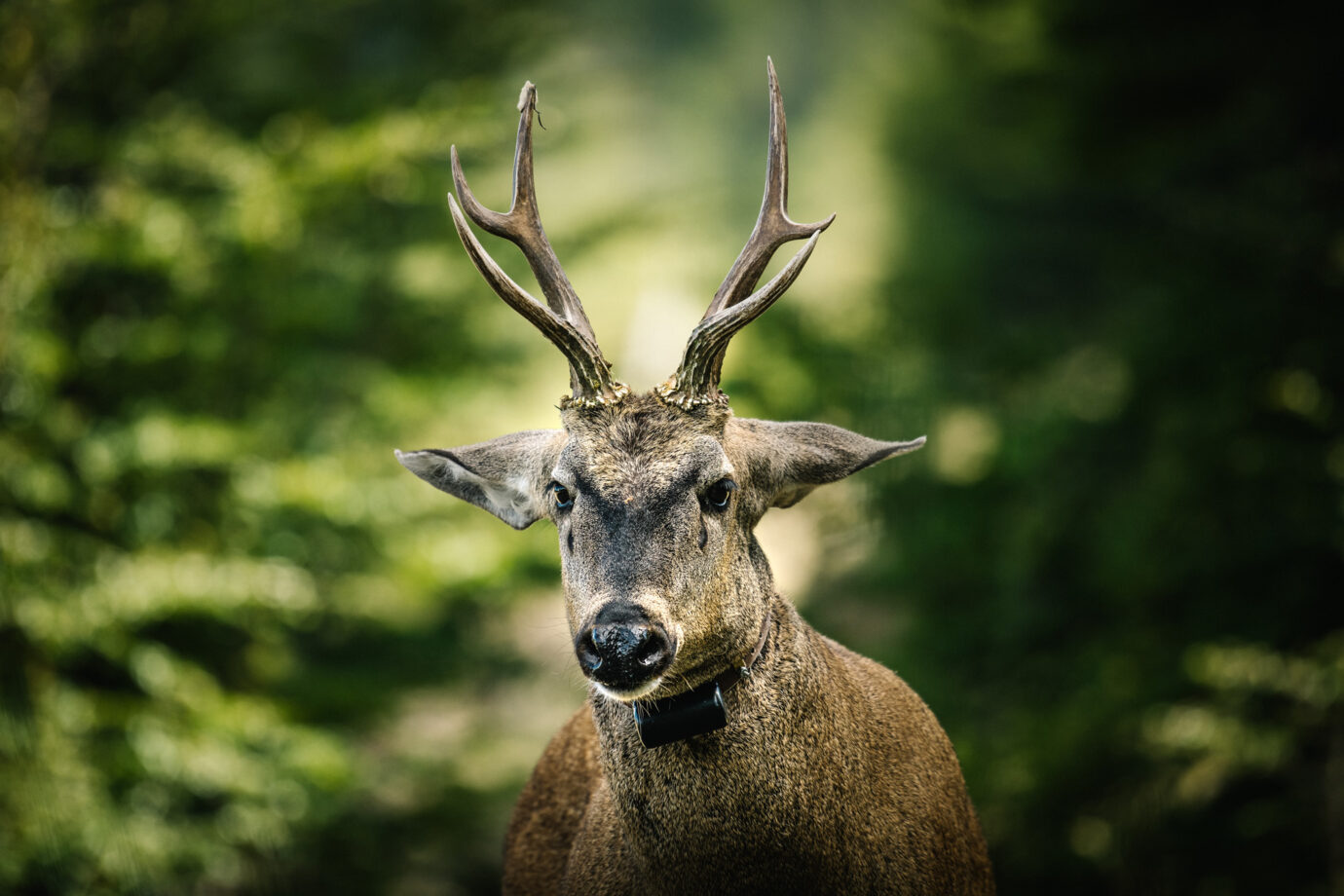
Photo: Jan Vincent Kleine
Carolina Morgado, Executive Director of Rewilding Chile Foundation.
Published in diario El Pingüino - www.elpinguino.com

Photo: Jan Vincent Kleine
The renowned scientific journal Ecography published a study highlighting the Andean Huemul deer, Chile’s emblematic animal, as one of the 20 species of large mammals that could help restore the planet’s largest areas and ecoregions.
According to the study, the reintroduction of large mammals such as huemul, pumas, tigers, and bears to their historical habitats could boost biodiversity in a wide swath of the planet and help stabilize the climate. One reason is that these animals function as landscape architects, directly influencing the growth of vegetation that absorbs carbon dioxide. This is particularly important considering that the ranges of many large mammals, such as the world’s southernmost deer, have declined alarmingly over the past 50 years.
It is estimated that approximately 1,500 huemul deer live in Chile and Argentina, representing 1% of their original population, which is why they're considered an endangered species. Additionally, these are small and fragmented populations, which makes them particularly threatened, exposed to threats such as poaching, dog attacks, the presence of exotic species (red deer and wild boars), and domestic livestock that cause the transmission of infectious diseases.
In response to this critical situation, the Huemul National Corridor was born, an ambitious public-private initiative promoted by CONAF, SAG, and Rewilding Chile, which seeks to restore the populations of this species through wildlife corridors in key conservation areas along the Route of the Parks of Patagonia. Biological corridors are essential for conservation as they strengthen species populations, enhance the interconnection between individuals to reduce the fragmentation of their populations, promote biological diversity, avoid inbreeding (reproduction between genetically related individuals), and the high risk of local extinctions
Restoring wildlife must become an imperative worldwide in the next decade. As the conservation biologist and lead author of the paper published in the journal Ecography, Carly Vynne says, “solving the biodiversity crisis and the climate crises are not only necessary, they are mutually reinforcing.”
For further details of the research, click here.